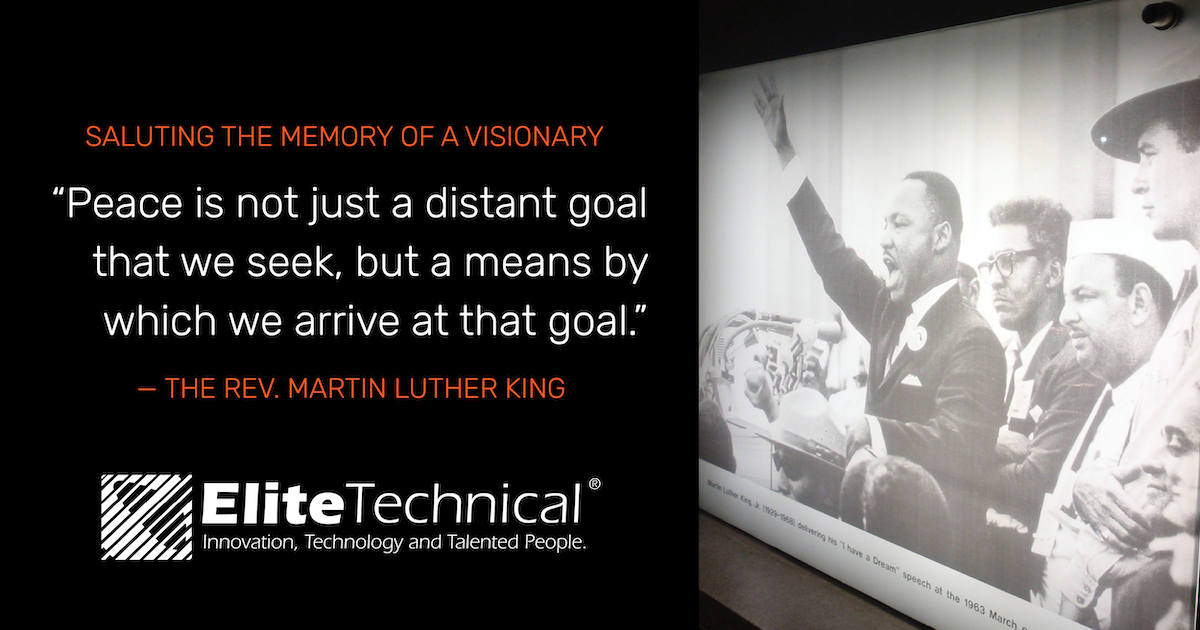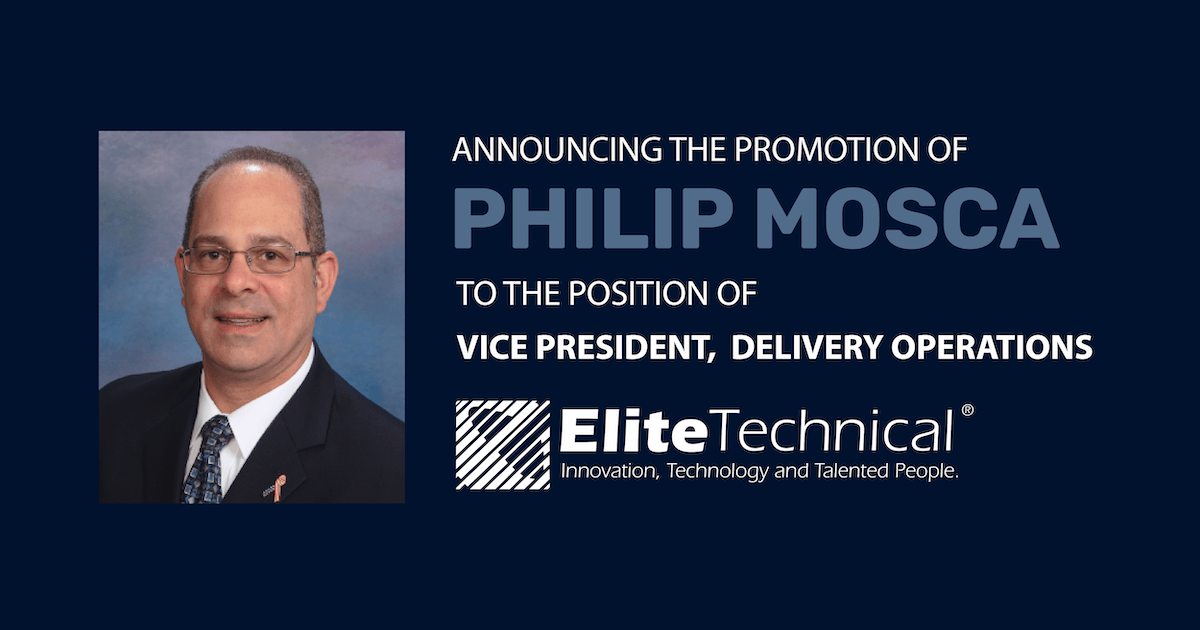What is Included in a Talent Acquisition Strategy?

Organizations must stand out in an increasingly competitive job market to attract the best talent. A robust talent acquisition strategy is essential to achieve this goal. It involves a deliberate approach to identify, attract, and hire the right candidates who not only have the appropriate skills and experience but also fit into the company culture. In this article, we will delve into the key components included in effective talent acquisition strategies.
Understanding the Goals of Talent Acquisition
Before forming a talent acquisition strategy, it’s critical to understand the goals. These goals can vary widely based on the organization’s needs. For example, some may aim to fill specific technical roles while others focus on building a diverse workforce. Establishing clear goals aids in shaping the direction of recruitment efforts and aligns them with overall business objectives.
Aligning With Business Objectives
An effective talent acquisition strategy should align with the broader business objectives of the organization. For instance, if a company aims to expand its operations, the strategy should include a plan for sourcing talent skilled in relevant fields. This alignment ensures that talent acquisition becomes a direct contributor to business success.
Employer Branding
An organization's brand reputation plays a significant role in attracting top talent. Employer branding refers to how prospective candidates perceive a company as a workplace. Organizations with a strong employer brand attract better candidates and have higher employee retention rates.
Building a Strong Employer Brand
Creating a positive employer brand can be achieved through various channels, including social media engagement, employee testimonials, and public recognition of company culture. Organizations should proactively showcase their values and mission to resonate with potential applicants. Effective branding is an integral part of successful talent acquisition strategies.
Sourcing Candidates
Once the goals are established and the employer brand is strong, the next step is sourcing candidates. Various channels can be used to source potential employees, including job boards, social media, employee referrals, and recruitment agencies.
Leveraging Social Media
In today’s digital age, social media is a powerful tool in talent acquisition. Platforms like LinkedIn, Twitter, and Facebook can be used to reach a broader audience and promote job openings. Sharing engaging content related to company culture or current projects can attract candidates who align with the organization’s values.
Candidate Engagement
Engaging candidates throughout the recruitment process is critical for a successful talent acquisition strategy. The goal is to create a positive experience for candidates, regardless of the outcome of their application.
Communication is Key
Keeping candidates informed throughout the hiring process helps foster transparency and builds trust. Regular updates about their application status and informative communication about the company can enhance the overall experience, motivating candidates to be more invested in the process.
Selection Process
The selection process is the backbone of any talent acquisition strategy. This includes screening applicants, conducting interviews, and assessing their skills.
Best Practices for Selection
Incorporating structured interviews and assessment tools can lead to more informed hiring decisions. It’s important to balance technical abilities with cultural fit, ensuring that new hires can integrate smoothly into the existing team.
Onboarding
An effective talent acquisition strategy does not stop at hiring; it extends into the onboarding process. A well-structured onboarding program can significantly improve employee retention and satisfaction levels.
The Role of Onboarding in Talent Acquisition
Onboarding is the process of integrating new hires into the company and providing them with the tools and information needed for success. Organizations that invest in robust onboarding processes see a quicker transition for new employees and increased productivity in the long run.
Final Thoughts
In conclusion, developing an effective talent acquisition strategy requires a multifaceted approach. By aligning recruitment goals with business objectives, building a strong employer brand, engaging candidates, and streamlining the selection and onboarding processes, organizations can acquire top talent effectively. As the job market evolves, so too should talent acquisition strategies adapt and innovate to meet changing demands and maintain a competitive edge. By implementing these components, companies can thrive in attracting and retaining the best talent available.














